Jianhang Zhou
Single-Stage Broad Multi-Instance Multi-Label Learning with Diverse Inter-Correlations and its application to medical image classification
Sep 06, 2022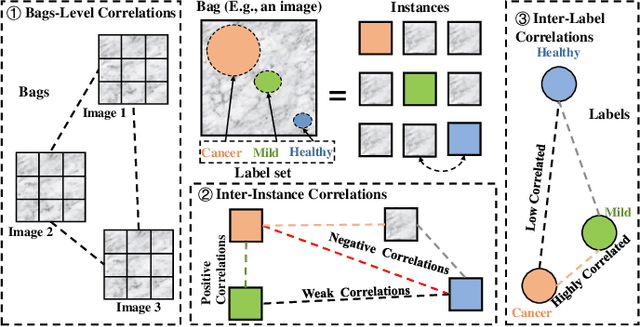
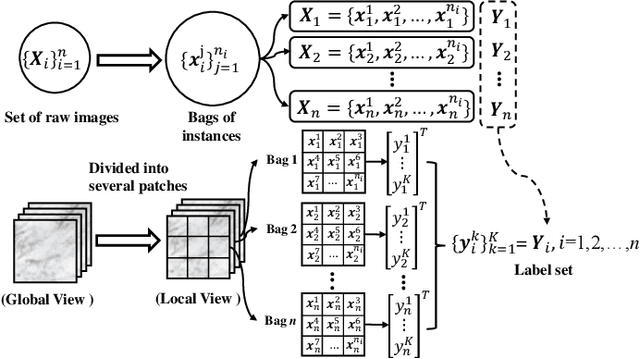
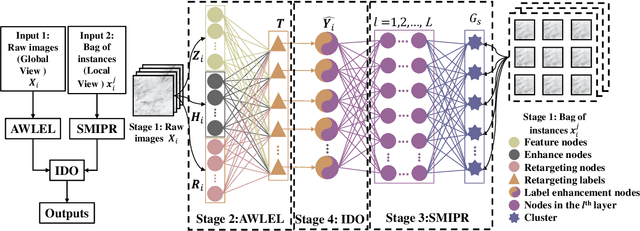
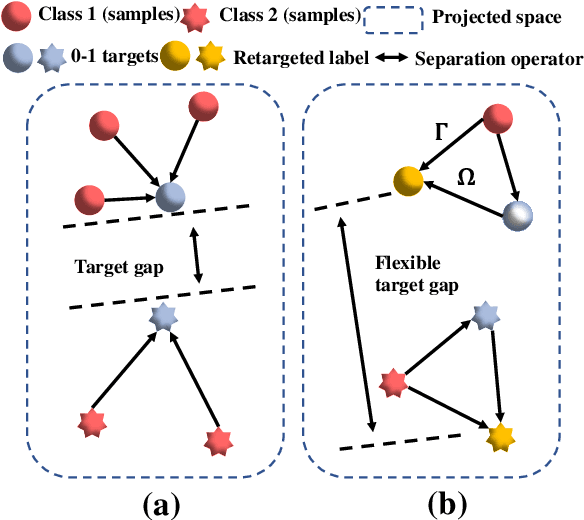
Abstract:In many real-world applications, one object (e.g., image) can be represented or described by multiple instances (e.g., image patches) and simultaneously associated with multiple labels. Such applications can be formulated as multi-instance multi-label learning (MIML) problems and have been extensively studied during the past few years. Existing MIML methods are useful in many applications but most of which suffer from relatively low accuracy and training efficiency due to several issues: i) the inter-label correlations (i.e., the probabilistic correlations between the multiple labels corresponding to an object) are neglected; ii) the inter-instance correlations cannot be learned directly (or jointly) with other types of correlations due to the missing instance labels; iii) diverse inter-correlations (e.g., inter-label correlations, inter-instance correlations) can only be learned in multiple stages. To resolve these issues, a new single-stage framework called broad multi-instance multi-label learning (BMIML) is proposed. In BMIML, there are three innovative modules: i) an auto-weighted label enhancement learning (AWLEL) based on broad learning system (BLS); ii) A specific MIML neural network called scalable multi-instance probabilistic regression (SMIPR); iii) Finally, an interactive decision optimization (IDO). As a result, BMIML can achieve simultaneous learning of diverse inter-correlations between whole images, instances, and labels in single stage for higher classification accuracy and much faster training time. Experiments show that BMIML is highly competitive to (or even better than) existing methods in accuracy and much faster than most MIML methods even for large medical image data sets (> 90K images).
Two-stage Image Classification Supervised by a Single Teacher Single Student Model
Sep 26, 2019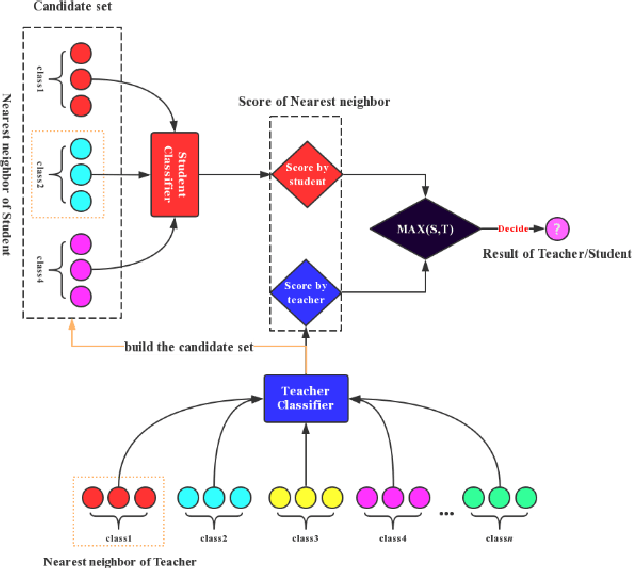

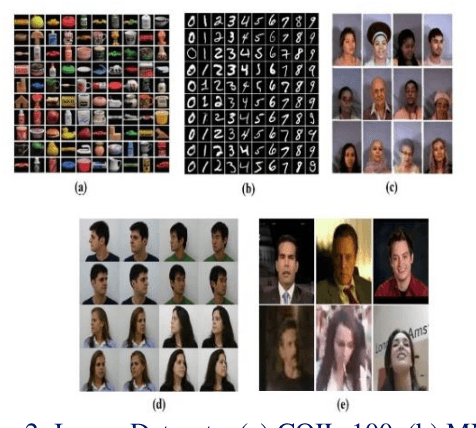
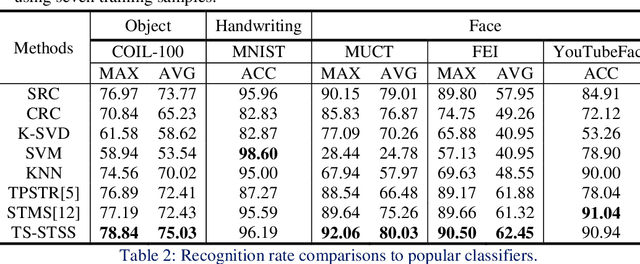
Abstract:The two-stage strategy has been widely used in image classification. However, these methods barely take the classification criteria of the first stage into consideration in the second prediction stage. In this paper, we propose a novel two-stage representation method (TSR), and convert it to a Single-Teacher Single-Student (STSS) problem in our two-stage image classification framework. We seek the nearest neighbours of the test sample to choose candidate target classes. Meanwhile, the first stage classifier is formulated as the teacher, which holds the classification scores. The samples of the candidate classes are utilized to learn a student classifier based on L2-minimization in the second stage. The student will be supervised by the teacher classifier, which approves the student only if it obtains a higher score. In actuality, the proposed framework generates a stronger classifier by staging two weaker classifiers in a novel way. The experiments conducted on several face and object databases show that our proposed framework is effective and outperforms multiple popular classification methods.
 Add to Chrome
Add to Chrome Add to Firefox
Add to Firefox Add to Edge
Add to Edge